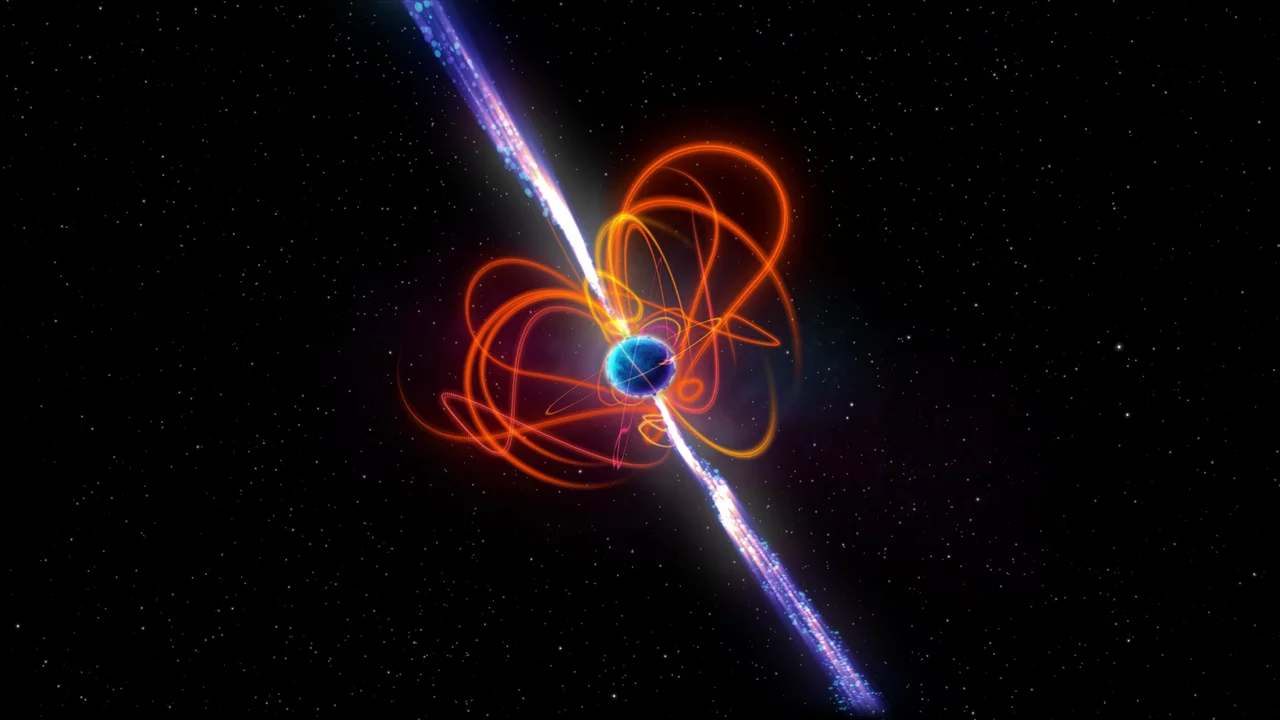Physics – The Core of How Things Work
When working with physics, the systematic study of matter, energy, and the forces that shape our universe. Also known as natural philosophy, it gives us the language to describe everything from falling apples to the spin of a cricket ball.
Key concepts such as energy, the capacity to do work or cause change and motion, the change in position of an object over time form the backbone of the discipline. Another cornerstone is quantum mechanics, the branch that examines the behavior of particles at the smallest scales. Together they create a web where physics encompasses energy, demands mathematics, and explains how motion emerges from forces.
Why does this matter to you? In sports, physics explains why a cricket ball curves, how a bowler extracts spin, and what makes a six possible. The same principles that govern a ball’s trajectory also guide the design of safer helmets and better playing surfaces. By linking the physics of motion to the mechanics of a cricket swing, we see a clear semantic triplet: physics → motion → sports performance.
Health and well‑being aren’t exempt. The London Mental Health Strategy, for instance, relies on data models that use statistical physics to predict how stress spreads through a community. Energy flow in the body, measured through metabolism, ties back to the physics of chemical reactions. Here we have another triple: physics → energy → mental health analytics, showing the crossover between scientific theory and public policy.
Even the rise of the Indian cricket team can be viewed through a physics lens. Young players bring raw kinetic energy to the field, while the Indian Premier League creates high‑density environments where the probability of success (a statistical physics concept) spikes. This illustrates how physics influences sport development, forming the pattern: physics → energy → team performance.
When we look at technology, live cricket data APIs depend on signal processing, a branch of physics that manipulates waves to deliver real‑time scores. The speed of data transmission, the reliability of servers, and the accuracy of timestamps all hinge on electromagnetic theory. This creates the connection: physics → electromagnetism → live data delivery.
Cricket grounds themselves are designed with geometry that respects the physics of sightlines and ball bounce. The International Cricket Council’s size guidelines (137‑150 m length, 64‑82 m width) don’t just happen by chance; they balance the energy of a bowled ball with the space needed for safe player movement. That’s a direct link: physics → geometry → ground design.
On the international stage, the ICC T20 World Cup showcases how physics can affect strategy. Teams calculate the optimal launch angle and swing speed for each ball, turning the game into a series of physics experiments under pressure. This tie‑in demonstrates the triple: physics → motion → competitive tactics.
Looking ahead, the United States may soon embrace cricket as a top‑10 sport. For that to happen, the physics of equipment—lighter bats, aerodynamic balls—must align with American players’ training methods. The relationship is clear: physics → equipment design → sport adoption.
All these examples show that physics isn’t a distant abstraction; it threads through sports, health, technology, and even cultural shifts. Below you’ll find a curated set of articles that explore these connections in detail, from the science behind cricket scoring to the role of physics in mental‑health strategies. Dive in to see how the principles you just read about play out in real‑world stories.
